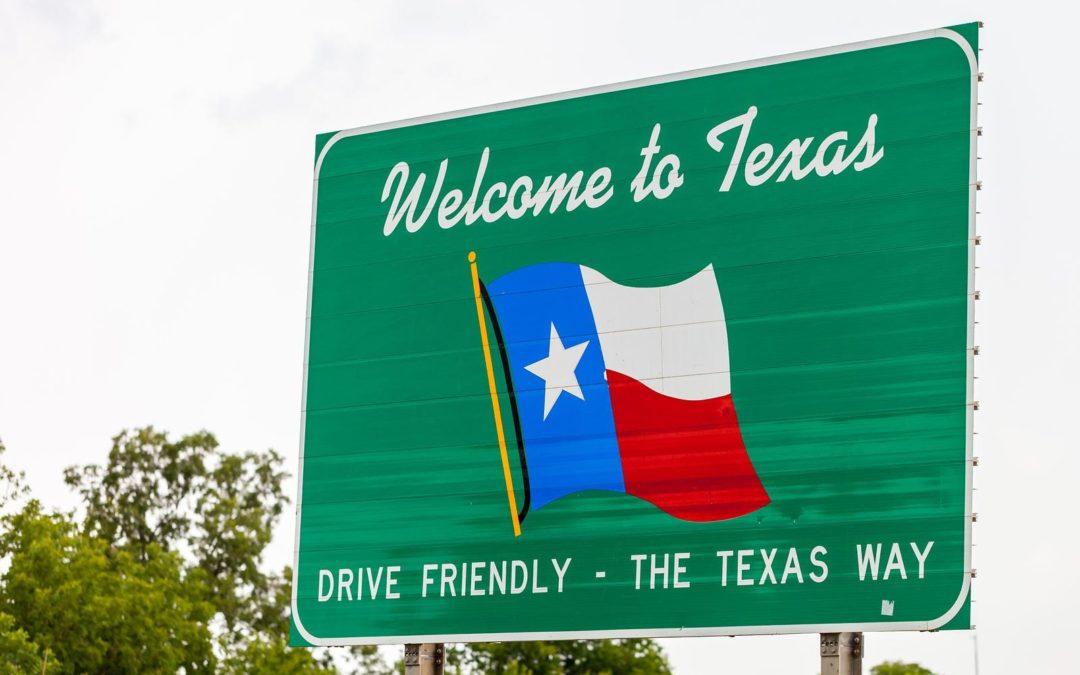“The housing market is still absolutely open for business,” says Romeo Manzanilla, President of the Austin Board of Realtors. The dynamics of the business have changed, though. Throughout the state, real estate agents are arranging virtual tours and online meetings instead of open houses where buyers walk in to look.
Several real estate companies have run online surveys to find out buyer interest. According to a Texas home marketplace firm, 35 percent of buyers have stopped to look for a home until the COVID-19 pandemic ends. Another 31 percent of the individuals who participated in the survey said their No.1 worry is to become financially stable before they can make a home purchase.
Home Price Recovery Index (HPR)
However, the quarterly update of the HPR Index (HSH.com) reflects positive trends. There has been a steady move towards full recovery of 100 metro markets. Post Covid-19, the inventory of homes has gone down, and this, coupled with the low mortgage rates, is keeping the interest of buyers alive in the housing market. This increase in demand puts upward pressure on home prices.
Still, almost 40 million Americans have filed for unemployment assistance since Mid- March, and another four million have filed for Mortgage payment forbearance programs. This indicates that a lot of people are not in a position to buy homes. Though there are increases in the value of 97 metro areas, only two of these areas saw an increase big enough to rank them into recovered areas in the first quarter. Below we have analyzed the four main determinants of the housing market.
Most of the quickly recovering markets are also the technology hubs, including Boston, San Francisco, San Jose, Seattle, and San Diego. Among the most recovered areas for home-buying interest are: Miami, Atlanta, Riverside, and Seattle. Online buyer interest in the top ten most recovered markets in terms of Housing demand saw 17% growth over last year same period.
The median list Home Price of the top ten most recovered markets is at $341,000 on average. Pittsburgh, Minneapolis, Cleveland, Louisville, and Providence are among the most recovered markets with a home price growth index between 104.4 to 110.9 points.
In the Housing Supply category, 12 of the 50 largest regions have shown improvement with the new listings index surpass the January baseline. Surprisingly among the markets where new supply is improving fast, the highest percentage component is the relatively expensive homes. The median home price of the top 10 markets that have new listings is $607,000 on average. In the most recovered market category are Denver, Seattle, San Francisco, and Miami.
In the Pace of sales category, only 8 of the top 50 markets have shown improvement and surpass the index of January. The median “time on market” in the top ten most recovered markets sat at 42 days on average as per the HPRI index. Among the top five recovered markets in this category are: Boston, San Diego, Los Angeles, Louisville, and Rochester, which reflect a growth index between 105 and 113 points.
The overall analysis of the Home Price Recovery index shows that both the buyer interest and home price growth index surpass the pre-COVID-19 levels hence indicating that the housing market is on its way to recovery.

